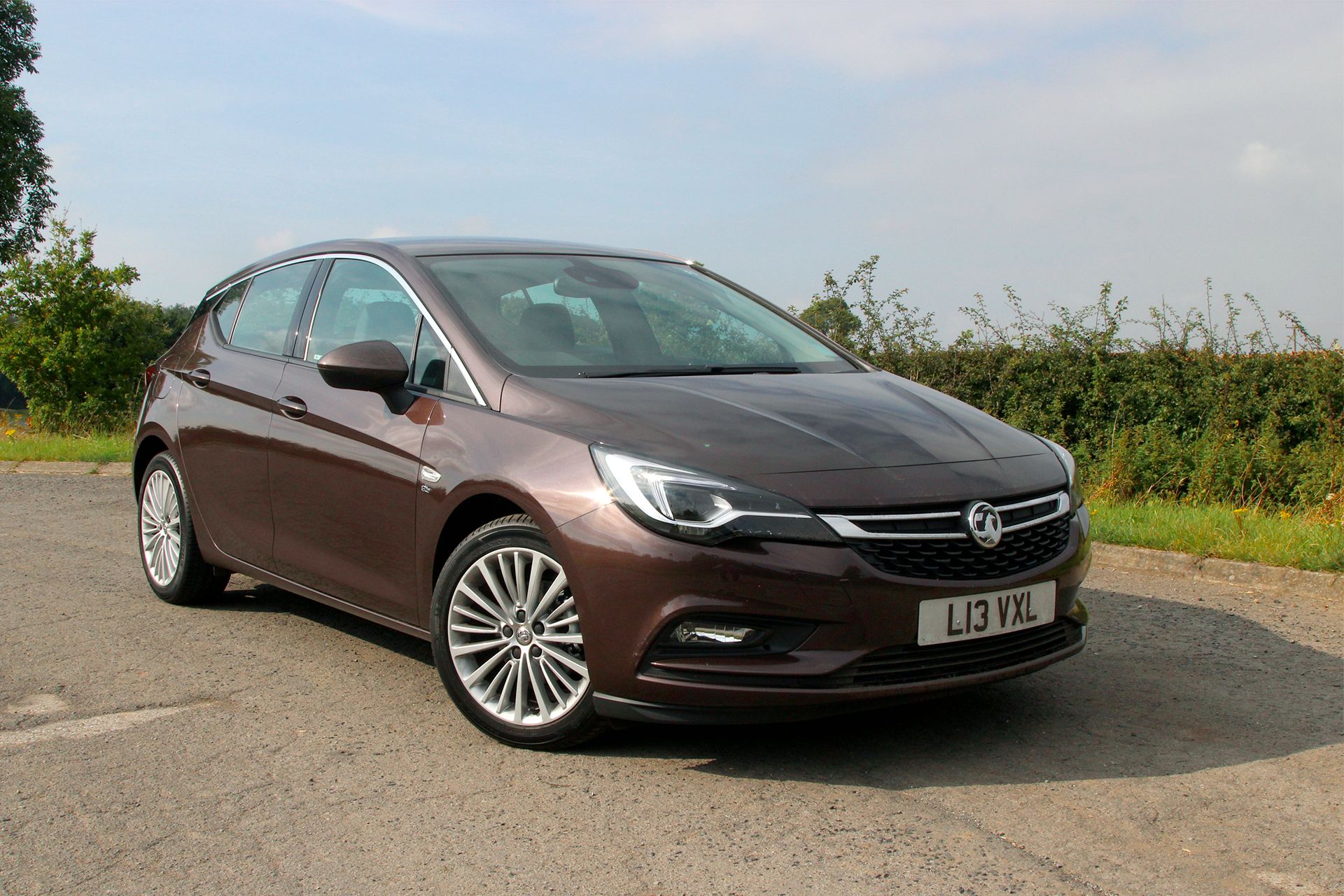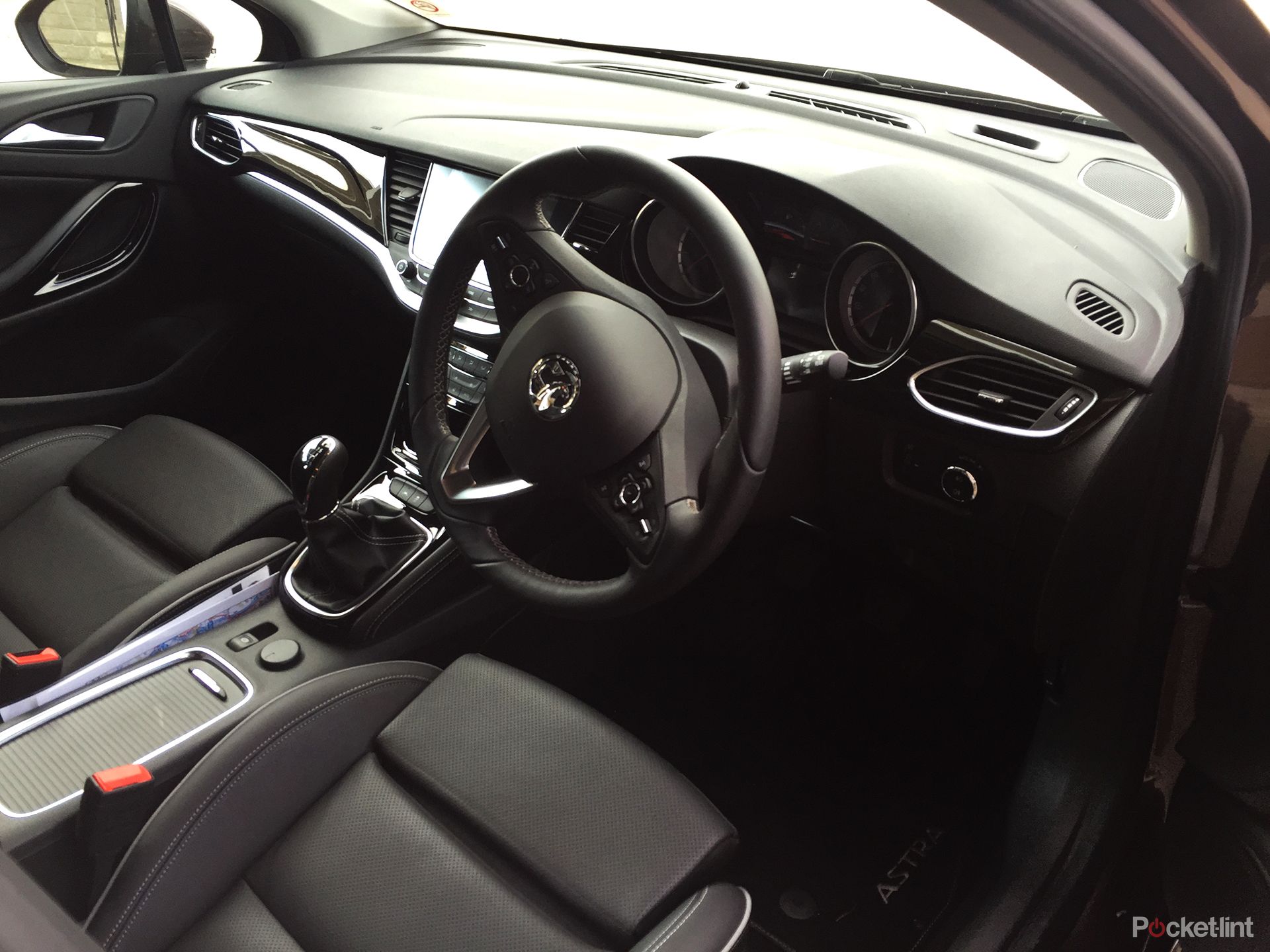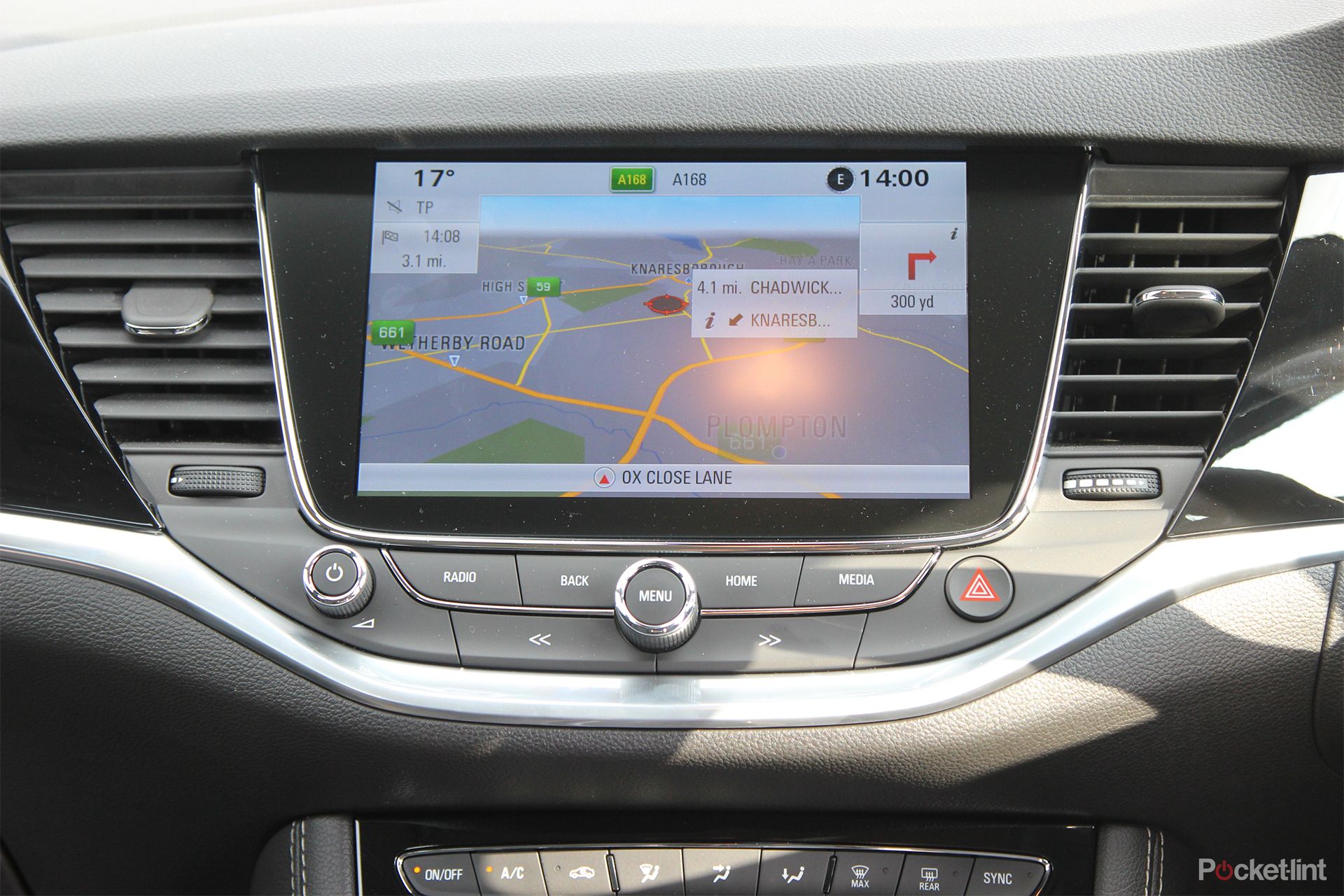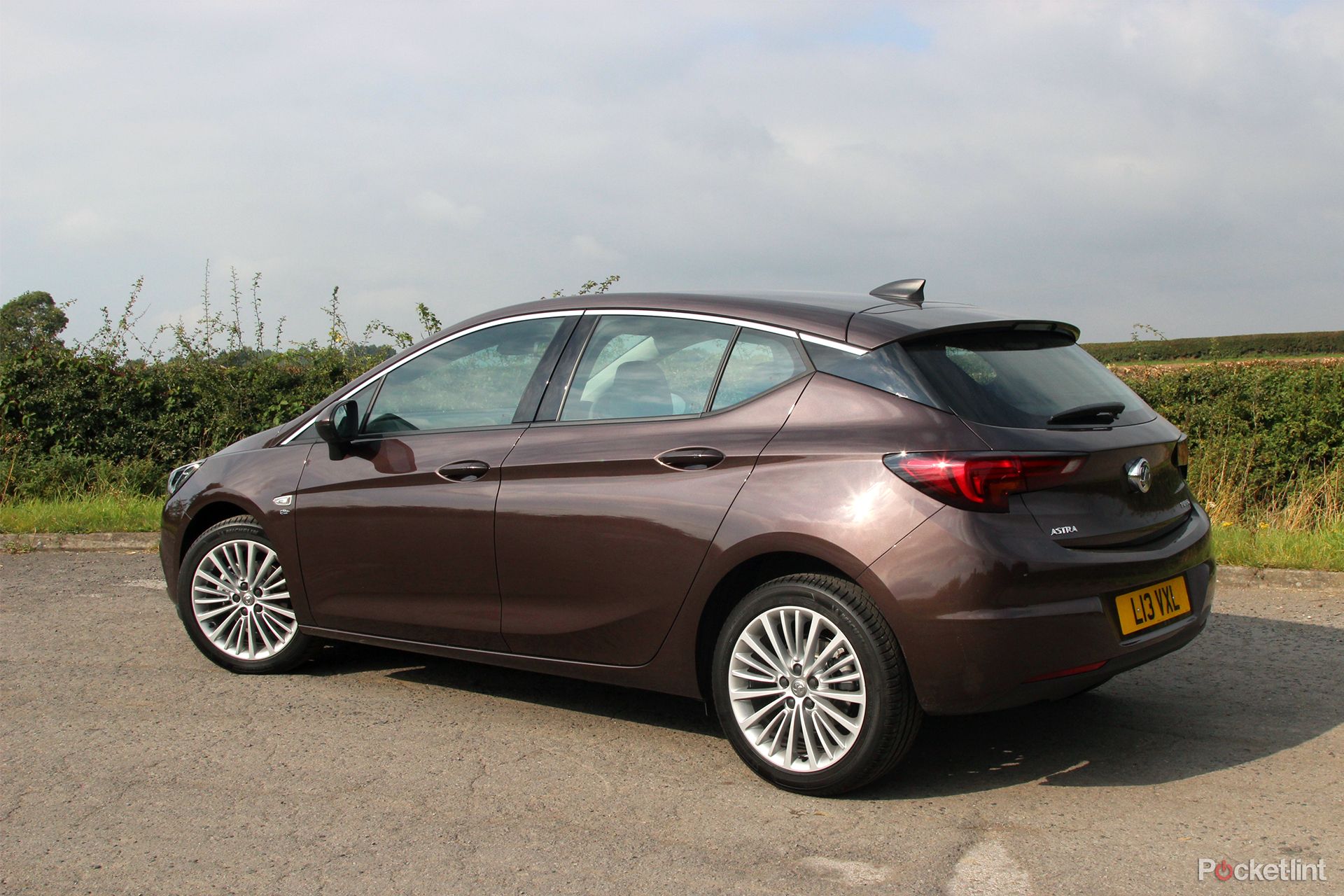"Yes, it's an Astra" proclaims Vauxhall's advertising campaign for its brand new family car, one of Britain's evergreen best sellers. The Astra is a firm favourite on these isles. It's built at Ellesmere Port, has a 30-year lineage and over 3-million have found homes in the UK.
Our quick take
So should you buy a new Astra? It's worth considering if you're in the market for this type of car. With a starting price of £15,995 (our pictured Elite model with Nav, OnStar, Leather and light pack starts at £19,315 - and yeah, the brown paint is included too) it's priced competitively against the Ford Focus and VW Golf.
We think the Golf is still a better all-round car, but ultimately you should judge things based on what equipment you want (the Astra tends to give you more as standard for less cash) and which engine you think will suit your needs. But there's not a great deal to choose between the three big names.
The 2016 Astra is undoubtedly the best yet. It's a classic Brit: it never seems to take the podium position, instead it's the underdog – but a likeable one – and an ever-present, reliable figure in this class. Saying that, it's ultimately just a little bit forgettable because it has no single stand-out quality.

Vauxhall Astra (2016) first drive
| FOR | AGAINST |
|---|---|
|
|
|
But the Astra has a bit of an image problem. Vauxhall won't admit that to you outright, but the "yes it's an Astra" strapline is meant to highlight that the car you see top of page is better looking, more dynamic and has a premium design quality that goes way beyond any Astra that's gone before. Pity then, that the one we tested was painted brown…
Shorter and lower than before, the new Astra adopts some of the graphics and design language that Vauxhall has recently applied to its smaller Corsa and Adam cars. The grille shape is changed, the blade shape is used as a theme around the car, and the design team has graphically separated the roof at the C-pillar to make it appear floating. It's not a particularly authentic approach but it adds a distinctive element to what is – in our view – still quite a generic-looking piece of design.
Vauxhall Astra 2016 first drive: Biggie Smalls
Despite making the car physically smaller, on the inside the Astra is bigger. One of the focus points for the car's development team was efficiency – that meant making the car bigger inside yet more compact, lighter and more aerodynamic, yet better performing and more economical. Net result is that the Astra should be easier to park, uses less fuel than before and you'll get more leg and shoulder room front and back. The boot's bigger than a Focus too.
And it is in the cabin where you'll notice the greatest difference to the last car. The fit and finish have taken a major upturn. The dash-top is slush moulded (soft to touch), the piano-black finisher on the face of the console and dash, wraps into the outer vents and is supported by a chunky chrome trim. It's all pretty classy.
More noticeable still, the last car was one we criticised for featuring a forest of buttons on its dash. Vauxhall has consciously cleaned this up, minimising button count and confusion. We're conscious, though, that this kind of talk has often led to important features you use day-to-day in a car being buried in a touchscreen, which is to the detriment of usability.
In the Astra's case, there's good news and bad in this regard. Good is that it looks much cleaner, yet Vauxhall has kept the climate controls haptic and put physical shortcut buttons for different functions below the touchscreen. We like this approach – out on the road it makes actually driving the car much easier and safer. Pity the radio volume button's still set up for left-hand drive markets though.
Vauxhall Astra 2016 first drive: Touchy feely
The touchscreen itself works in concert with a bigger information display in the gauge cluster – where you can toggle through functions and change stations via steering wheel controls. Just as well, because despite stressing how the Astra sells to all and sundry – young, old, big, small, male and female buyers – our distinctly average 12-stone, 6-foot male frame found that when the driving position was set just so that we couldn't reach the touchscreen without lifting our shoulders and back clean off the seat. An innocuous sounding point that's likely to give you RSI over time.
The touchscreen is pretty average too. It's not notably laggy and yet its graphics feel old fashioned; despite it being a new Intellilink 4.0 system (that's Vauxhall speak), the map graphics and icons are just the same as ones we saw in a Vauxhall 3 years ago. The icons aren't particularly clear either; menu structure occasionally confuses; and the sat nav directions can be tough to follow. Still, the 8-inch screen and nav it's better than what you get in the Astra's arch rival, Mr Ford Focus.
The Astra's big tech news is OnStar. GM (Vauxhall's parent company) has employed this telematics system in its cars in the US for some time. It fits a couple of push-buttons up in the roof console: one, SOS which you can hit if you break down or have an accident (they'll also call you if the airbags go off, to check you're ok – and send emergency services if you don't respond); the other where you can speak to someone in a call centre to help you with directions, etc.
The car is also fitted with a 4G LTE system, allowing you to connect up to seven devices in the car at a time. Such systems aren't new, but notable for being available in this class of car and at a relatively low price. You can have Matrix LED lights, lane departure warnings, adaptive cruise, blind spots and autonomous braking systems too.
Vauxhall Astra 2016 first drive: On the road
We tried a mid-spec, 150bhp, 1.4l petrol turbo Astra for our drive (the 1.6 diesel is likely to be a big seller, but wasn't available at the time we drove the car). Overall, what impressed about the car out on the road was its refinement.
Vauxhall appears not to have pitched the Astra as an ultimate driving competitor to the Focus. Instead it's, erm, focused on making something that's very refined and easy going. The ride is generally compliant, the engine very hushed, and wind noise is impressively low. Only the floppy, vague gearshifts spoils things. The Astra will make a nice long-distance companion, if not exactly set your heart aflame on a twisty B-road.
The petrol car also returned 44mpg in our hands, over a mix of motorway and country A and B roads, which we were relatively impressed by (bear in mind our test routes tend to be driven with a certain amount of vigour you won't employ everyday... well, maybe).



